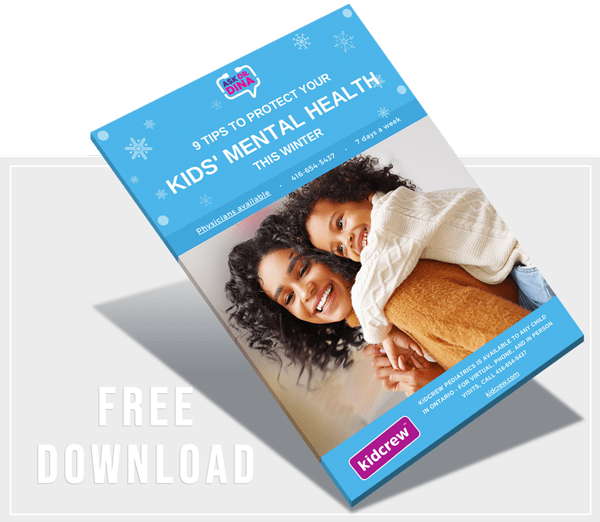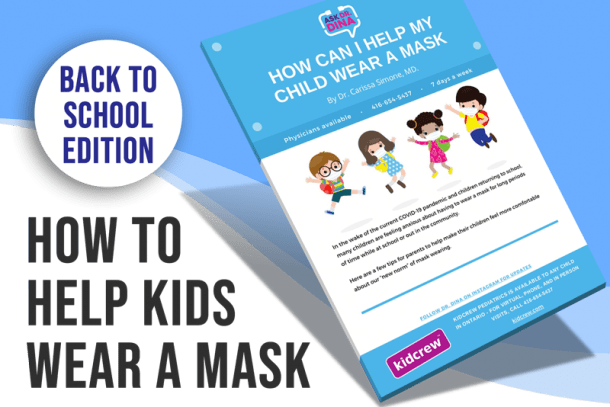What is Baby Eczema?
Why Does my Child have Dry Patches of Skin?
Eczema, or atopic dermatitis, is red, inflamed, and dry skin.
Parents usually notice dry patches of skin that become irritated, itchy, and red.
Eczema affects 10-20% of children and is the most common skin condition in children.
Atopic dermatitis is especially troublesome during dry and cold weather.
Eczema is easy to treat!
Fortunately, the mildest eczema in children is easy to treat.
Newborns and young children commonly develop patches of dry skin on their cheeks, behind the ears, and around their upper chest and neck, what I call, the scarf distribution. It can be all over the body, though, and kids tend to get the same patches fair up over time.
What causes dry patches of skin?
Many eczema sufferers feel their skin is drier in the winter when the dry air and cold remove skin moisture. When the heat is on in the home, this can lead to further dryness.
Interestingly, skin can also get drier and itchier when it is often wet or exposed to moisture, such as swimming or bathing. It can happen year-round or worse at specific periods of the year. Many kids will have itchy areas that come and go, flaring intermittently.
Why does eczema bother me?
For three reasons:
1. Itch – Eczema is itchy.
The irritation from eczema can be incredibly annoying. Many babies with eczema scratch at night and are not able to sleep. If your baby cannot sleep well, this can lead to other issues with behavior and feeding.
2. Infection
Eczema is open, dry skin, and when kids scratch, they can introduce infection. Bacterial and herpes infections on eczema are common and are a mess to treat.
3. Scarring
Scarring from untreated or undertreated eczema can be permanent. When eczema flairs, it causes inflammation that can lead to long term thickening and darkening of the skin, sometimes permanently.
How to lessen the burden of dry skin:
- Bathing once a day or less often – bathing frequently can lead to more dryness, counterintuitive.
- Limit baths to 10-15 minutes only. The longer the skin is wet, the more irritated it can become.
- Try adding oil to the bathwater. Coconut or baby oil, or a commercial bath oil product can help lubricate the skin. Please be careful about removing your child from the bath; they may be slippery!
- After a bath or shower, gently pat the skin and do not rub. Avoid rubbing as friction can exacerbate eczema.
- Apply lotion or product that is lubricating. Essentially, anything greasy. Use either petroleum jelly, petroleum-free jelly, or oil-based products (such as coconut oil) liberally on the areas of dryness.
- Consider a prescription ointment. Your physician may give you a steroid ointment to apply to affected areas 1-3 times a day. An ointment works better than cream.
- Keep the skin clean and lubricated
- Dry patches of skin respond well to lubrication. Use lubrication or moisturizer several times a day. The greasier the skin, the fewer flair ups.
If you notice the rash spreading or your child has other symptoms such as facial swelling, difficulty breathing, or gastrointestinal symptoms like vomiting, seek medical attention.
Download this free resource – 9 Tips To Help Protect Your Kids’ Mental Health
XO
Dr. Dina Kulik
Dina is a wife, mother of 4, and adrenaline junky. She loves to share children’s health information from her professional and personal experience. More About Dr Dina.













